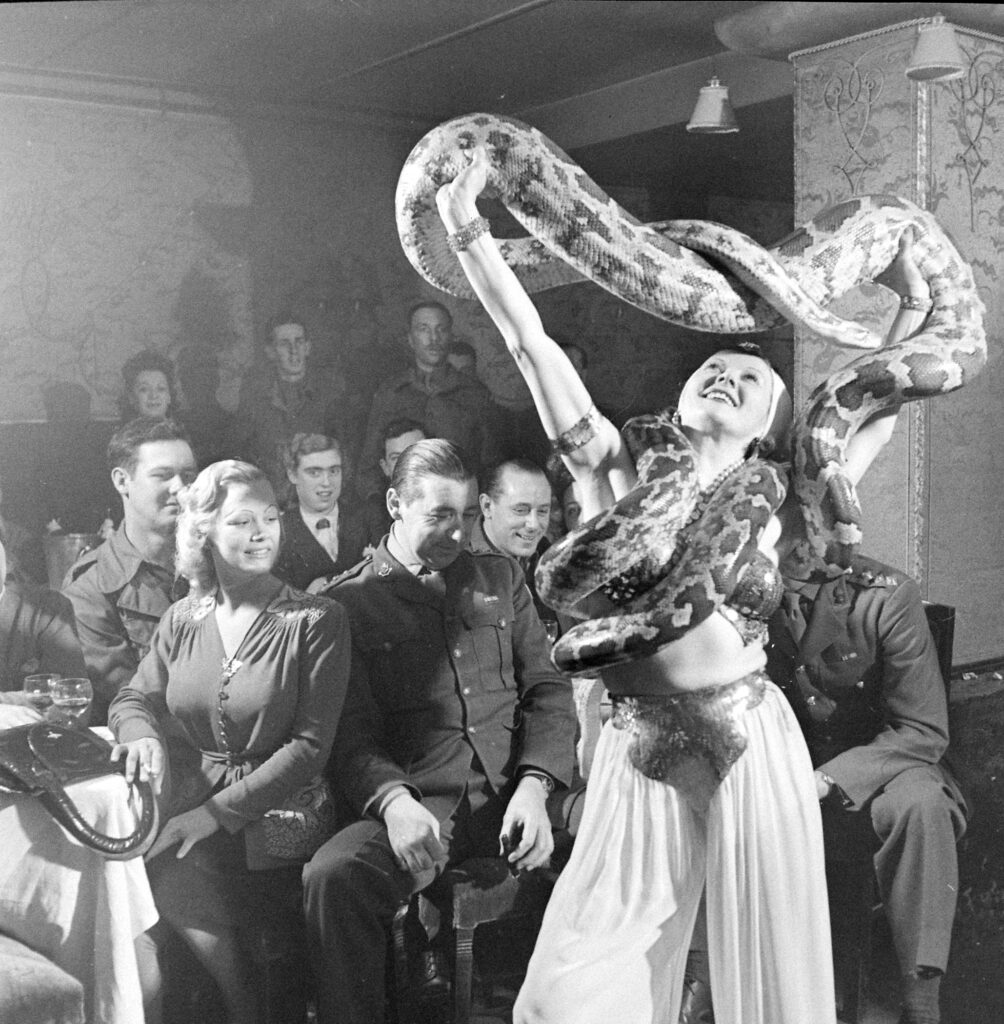Tom Seaver, who died on Sept. 2, 2020 at age 75, won the first of his three Cy Young awards in 1969 as the ace of the Amazin’ Mets. For Seaver, that extraordinary season was the start of a Hall of Fame career that included 311 wins and 3,640 strikeouts. He is on a short list among the greatest pitchers of all time.
The ’69 Mets themselves maintain a special place in baseball culture. The team that had been so terrible since beginning play in 1962, routinely losing more than 100 games per season, improbably rallied to become World Series champion.
LIFE was along for the ride during that 1969 season, chronicling the exploits of Seaver—a young righty just discovering his ability to dominate batters—and also other characters of that miracle team. In its story LIFE called Seaver, then 24, “the team’s first superstar,” and the news of his death 51 years later had many proclaiming him the greatest player ever to wear the New York Mets uniform.
Liz Ronk edited this gallery for LIFE.com. Follow her on Twitter @lizabethronk.

Ace pitcher Tom Seaver, 1969.
Co Rentmeester/Life Pictures/Shutterstock

Tom Seaver won 25 games, the most in the majors, as the leader of the Miracle Mets in 1969.
Co Rentmeester/Life Pictures/Shutterstock

Shortstop Bud Harrelson, 1969.
Co Rentmeester/Life Pictures/Shutterstock

Third baseman Ed Charles, 1969 Mets.
Co Rentmeester/Life Pictures/Shutterstock

First baseman Donn Clendenon, 1969.
Co Rentmeester/Life Pictures/Shutterstock

Outfielder Ron Swoboda, 1969.
Co Rentmeester/Life Pictures/Shutterstock

Tom Seaver won 25 games, the most in the majors, as the leader of the Miracle Mets in 1969.
Co Rentmeester/Life Pictures/Shutterstock

1969 New York Mets.
Co Rentmeester/Life Pictures/Shutterstock

Manager Gil Hodges, 1969 Mets.
Co Rentmeester/Life Pictures/Shutterstock

Donn Clendenon, 1969
Co Rentmeester/Life Pictures/Shutterstock

Pitcher Jerry Koosman (No. 36) and teammates in the Mets dugout.
Co RentmeesterLife Pictures/Shutterstock

Outfielder Art Shamsky, 1969.
Co Rentmeester/Life Pictures/Shutterstock

Manager Gil Hodges (right), 1969 Mets.
Co Rentmeester/Life Pictures/Shutterstock

Ed Kranepool sliding in with the Pirates’ Jose Martinez in air, 1969.
Co Rentmeester/Life Pictures/Shutterstock

Tom Seaver, 1969.
Co Rentmeester/Life Pictures/Shutterstock

Manager Gil Hodges (right), 1969 Mets.
Co Rentmeester/Life Pictures/Shutterstock

Ed Charles scored past Pirates catcher Manny Sanguillen, 1969.
Co Rentmeester/Life Pictures/Shutterstock

Tom Seaver dominated for the Miracle Mets in 1969, going 25-7 and winning the first of his three Cy Young awards.
Co Rentmeester/Life Pictures/Shutterstock

Pittsburgh’s Willie Stargell slid against the Mets, 1969.
Co Rentmeester/Life Pictures/Shutterstock

Mets vs. Pirates, 1969.
Co Rentmeester/Life Pictures/Shutterstock

Donn Clendenon, 1969
Co Rentmeester/Life Pictures/Shutterstock

Ed Charles, 1969 Mets.
Co Rentmeester/Life Pictures/Shutterstock

From left to right: outfielder Tommie Agee, first baseman Donn Clendennon, shortstop Bud Harrelson, and outfielder Ron Swoboda.
Co Rentmeeste/Life Pictures/Shutterstock

Tom Seaver, 1969.
Co Rentmeester/Life Pictures/Shutterstock

Catcher Jerry Grote, 1969.
Co Rentmeester/Life Pictures/Shutterstock

Catcher J. C. Martin, 1969 Mets.
Co Rentmeester/Life Pictures/Shutterstock

From left to right: coach Yogi Berra, pitcher Tom Seaver, shortstop Al Weis, 1969.
Co Rentmeester/Life Pictures/Shutterstock












































































































































